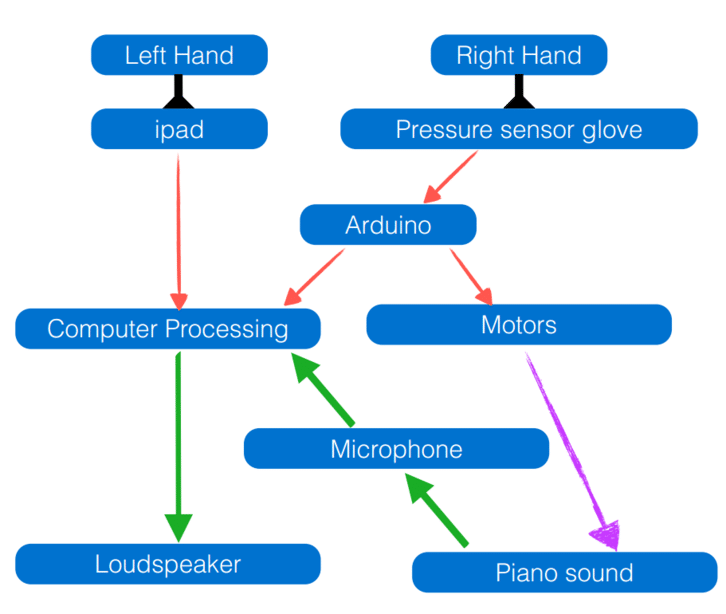Incorporating Haptic Feedback Into Musical Instrument Performance
Looking for our Haptics range? View our main Haptics hub here.
The harder you strum a guitar, the more you feel it vibrate. Similarly, kick a bass drum pedal and you’ll feel a definite tactile response as the mallet strikes the drumhead.
Increasingly, musicians are using computers in their live performances – sometimes as instruments in their own right, or else to manipulate the sound of a traditional instrument. However, such use of computers does not provide the physical feedback musicians are so accustomed to. Instead, the feedback (if any) is usually visual i.e. via a computer screen.
There are instances in which such visual feedback is not appropriate or achievable. For example, a guitarist using an expression pedal to control volume or tone may need to look at their fretboard rather than a computer monitor! It is in situations like this in the work of Birmingham-based composer/performer Tychonas Michailidis comes into play. By strapping vibration motors to the legs of performers, they receive intuitive physical feedback depending on the angular position of the expression pedal.
You can read a paper on his work here, and can see the performer in the following video strapping the motors to his legs before the start of the performance:
Tychonas has explored the idea further by using our C10-100 LRA as part of the instrument itself, directly vibrating the strings of the piano. An Arduino takes measurements from pressure sensors fitted inside a glove and uses PWM to increase or decrease the voltage to the motors accordingly. These bounce around on top of the piano strings, producing a sound which is sensed by a microphone. There is some final computer processing to manipulate the sound before it is amplified and played to the audience.

The manipulation of the microphone audio is partially controlled through feedback from the glove pressure sensors in addition to some user input via an iPad. This is done using the audio software AbletonLive, in addition to the MaxMSP patch for Arduino.

Get in touch
Speak to a member of our team.
Motor catalogue
Looking for our products?
Reliable, cost-effective miniature mechanisms and motors that meet your application demands.
Newsletter
Sign up to receive new blogs, case studies and resources – directly to your inbox.

Sign up
Discover more
Resources and guides
Discover our product application notes, design guides, news and case studies.
Case studies
Explore our collection of case studies, examples of our products in a range of applications.
Precision Microdrives
Whether you need a motor component, or a fully validated and tested complex mechanism – we’re here to help. Find out more about our company.